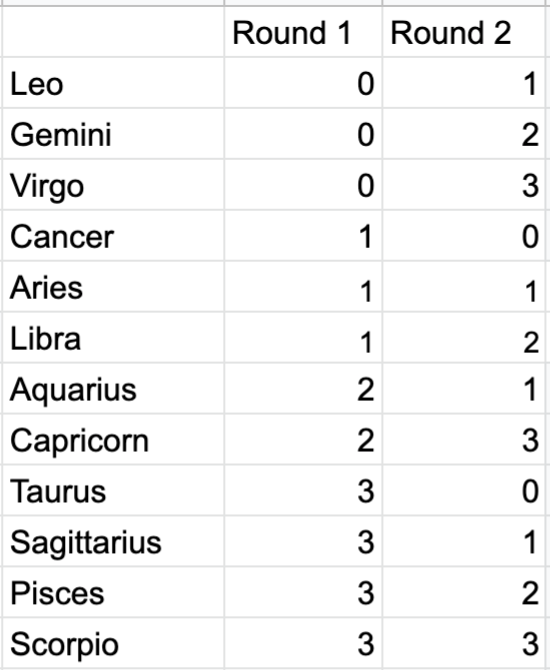Dealbreakers
/I watch most of the online magic lectures that are released. I buy a number of magic books every year. I read a few different magic publications. And in the last week I’ve received 60 emails from magic companies informing me about their new releases.
When there is so much magic material released all the time, it can be overwhelming to try and mentally process it all. I find it helpful to come up with a set of “dealbreakers” so that you can more quickly move through tricks without worrying if you’ve given them the proper consideration or not. If the trick includes a dealbreaker in its premise or methodology, then I can just reject it automatically without having to give it much thought. Just automate it. Make it like one of those machines that uses cameras and little battering arms to sort out the unripe tomatoes.
With so many tricks available, it makes sense to have the highest standards for the material to which you’ll devote your time. I don’t mean every trick needs to be a 100% unfathomable miracle. I just mean why not pick tricks that are built on premises and methods you like?
Today I thought I’d start a series where I share some of my dealbreakers. Not because I think you should have the same ones, but just as examples and inspiration for others out there who might want to generate their own list.
To be clear, I’m not suggesting any of these dealbreakers are things that make the trick inherently flawed. They are just things that I, personally, don’t use. But there are plenty of other magicians who have plenty of success with them.
Dealbreakers
1. Book tests where the magician is holding the book while the spectator looks at the page.
If I wanted you to look at a word in the book, I’d give you the book and have you look at a word. The thing where the magician holds the book open and the spectator looks at a word is not a normal way to do such a thing. And it’s impossible for the spectator to find the word and read it and be certain that you weren’t looking at something or tilting the book a certain way to get a peek at the same time.
The best book test reactions I’ve received are one the person is across the room looking up the word.
2. Peeks using a stack of business cards.
All those peeks where a business card gets buried in a stack of business cards are a no-go for me.
Some of these peeks are very nicely constructed, but in a social situation, people don’t carry a stack of 40 business cards with them.
3. Tricks using a faro shuffle
The faro shuffle is somewhat abnormal looking and requires a level of concentration that is not compatible with the concept of “mixing” (an action that is meant to be unstudied and random).
I’m not suggesting that you’re making a mistake if you use the faro shuffle in your tricks, or that regular people even see it as weird. I’m just saying for my personal preference—where I’m placing a very high value on card handling that looks as normal and unstudied as possible—it doesn’t really fit.
It’s a bummer because I miss out on a lot of great tricks that use the faro shuffle.
4. Tricks that rely on very narrow timing forces
It’s one thing if the person has to stop somewhere within a packet of 13 cards. That’s fine. But the common timing force you see where you get them to stop on the 6th or 7th card (or something similar)—that’s something I tend to avoid. Not because I think it doesn’t work, but because I feel it requires an amount of intensity or focus that I try to avoid in the moment. You need to get them to deal at a certain pace and time your phrasing just right. It tends to stick out when compared to the rest of my delivery.
5. Tricks with more than three moments of magic
I’m a little looser with this rule than with others, but generally, if the routine has a bunch of phases, I skip it. Magic is odd that way. You would think the more magical moments, the more magical the routine would feel. But usually it’s the exact opposite, in my experience.












